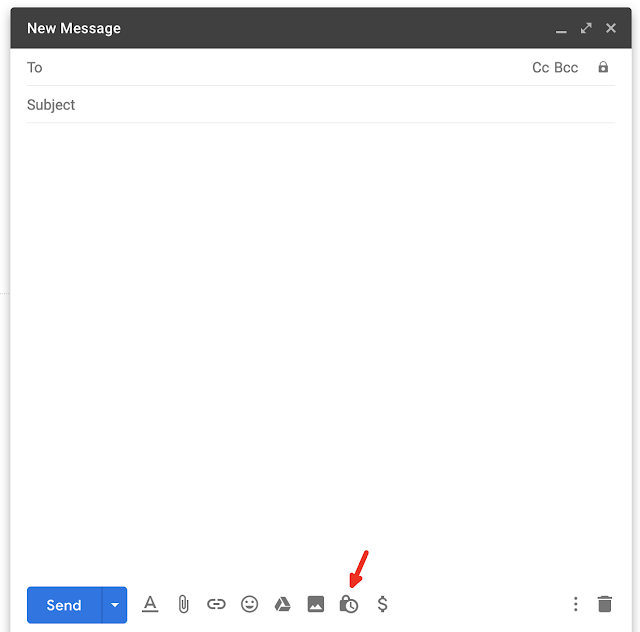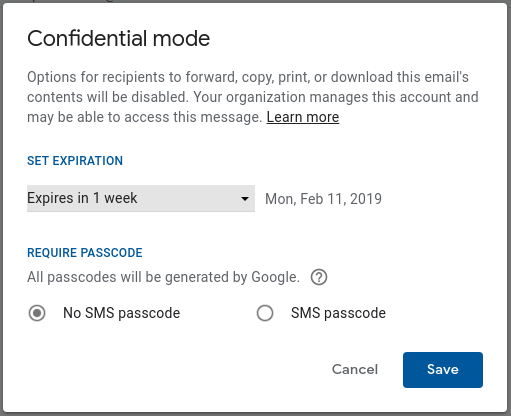This announcement was made at Google Cloud Next ‘19 in San Francisco. Check out Next OnAir to tune into the livestream or watch session recordings following the event.
We’re launching a beta for the alert center for G Suite which will enhance the existing alert center and make it easier for admins to manage and collaborate on alerts. Specifically, the beta will mean you’ll be able to:
Find out more and sign up for the alert center beta here.
Available to all G Suite editions.
Beta sign up
Find out more and sign up for the alert center beta here.
Stay up to date with G Suite launches
What’s changing
We’re launching a beta for the alert center for G Suite which will enhance the existing alert center and make it easier for admins to manage and collaborate on alerts. Specifically, the beta will mean you’ll be able to:
- Set status, assignee, and severity of alerts: Add key information to help your team take ownership of, assess, and collaborate as you work through security investigations.
- Use a more powerful search: Find alerts more easily by searching for alerts that contain a specific email address.
- See related alerts: The alert detail view will show other alerts related to the same actor or user to help discover possible related security incidents. \
- See alert change history: See the history of metadata or content updates to that alert. This includes when status, assignee, or severities have changed.
Find out more and sign up for the alert center beta here.
Who’s impacted
Admins onlyWhy you’d use it
The alert center already provides a single place to see notifications about potential issues within your domain, and take action to resolve the issues. We hope the enhancements in this beta will improve collaboration between admins and related teams with status, severity, and assignee information now available. We also hope it will make it easier to find patterns within alerts by adding more specific search capabilities and surfacing related alerts proactively.How to get started
- Admins: Find out more and sign up for the alert center beta here.
- End users: No action needed.
Helpful links
- Help Center: About the alert center
- Sign up page for alert center beta
- Google Cloud Blog: Increasing trust in Google Cloud: visibility, control and automation
Availability
G Suite editionsAvailable to all G Suite editions.
Beta sign up
Find out more and sign up for the alert center beta here.
Stay up to date with G Suite launches












